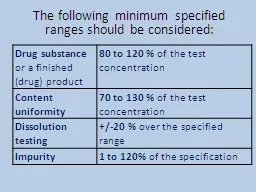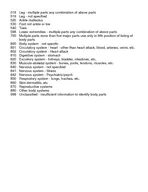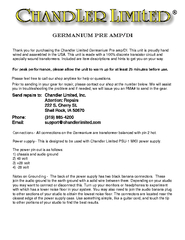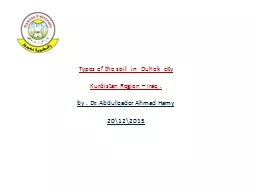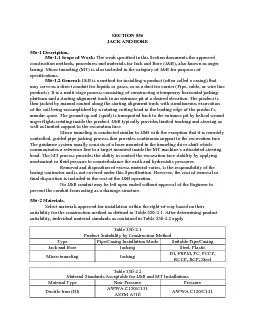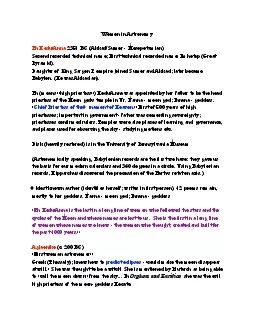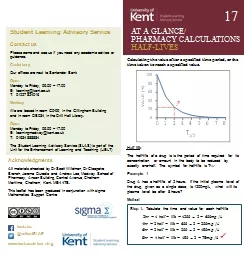PPT-The following minimum specified ranges should be considered
Author : marina-yarberry | Published Date : 2016-07-17
Drug substance or a finished drug product 80 to 120 of the test concentration Content uniformity 70 to 130 of the test concentration Dissolution testing 20
Presentation Embed Code
Download Presentation
Download Presentation The PPT/PDF document "The following minimum specified ranges s..." is the property of its rightful owner. Permission is granted to download and print the materials on this website for personal, non-commercial use only, and to display it on your personal computer provided you do not modify the materials and that you retain all copyright notices contained in the materials. By downloading content from our website, you accept the terms of this agreement.
The following minimum specified ranges should be considered: Transcript
Download Rules Of Document
"The following minimum specified ranges should be considered"The content belongs to its owner. You may download and print it for personal use, without modification, and keep all copyright notices. By downloading, you agree to these terms.
Related Documents

